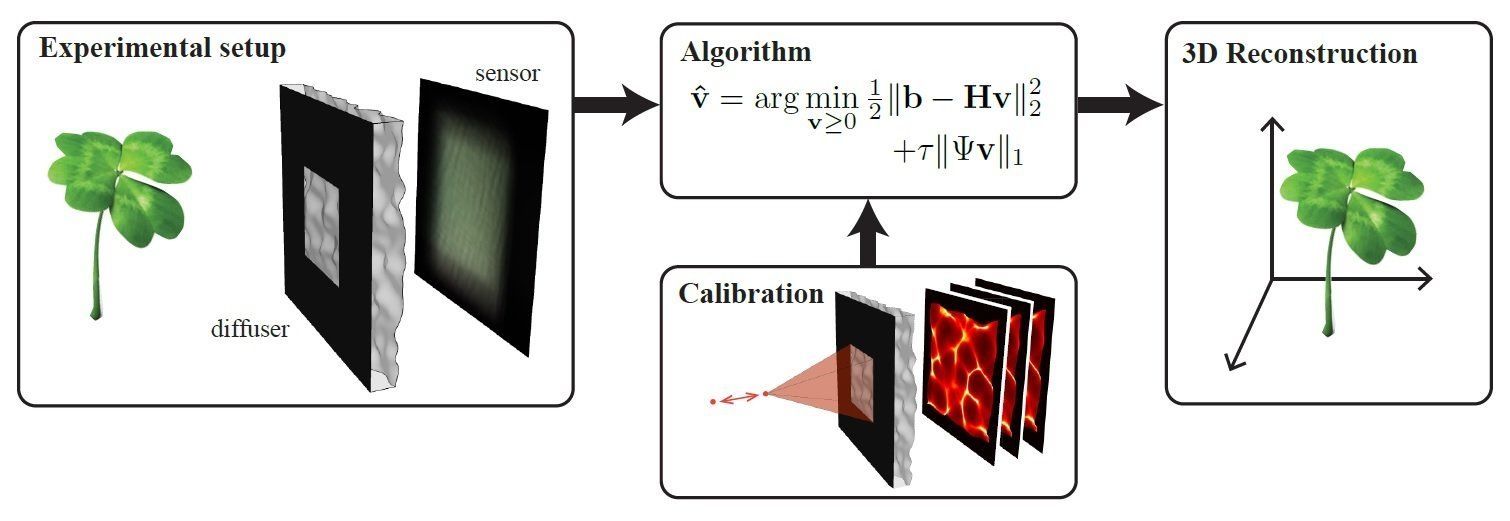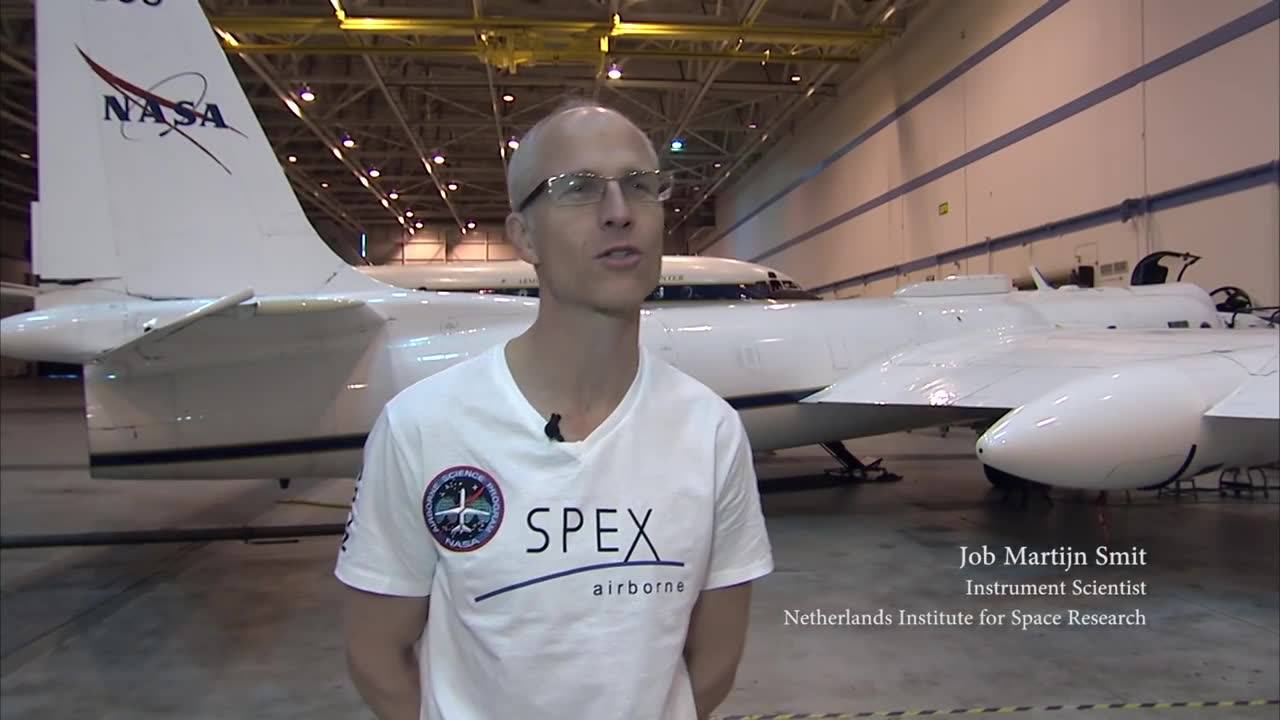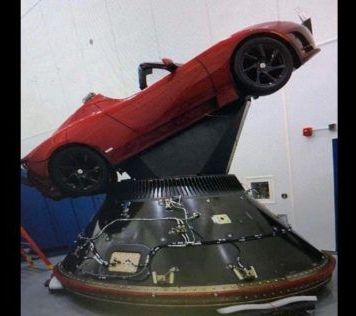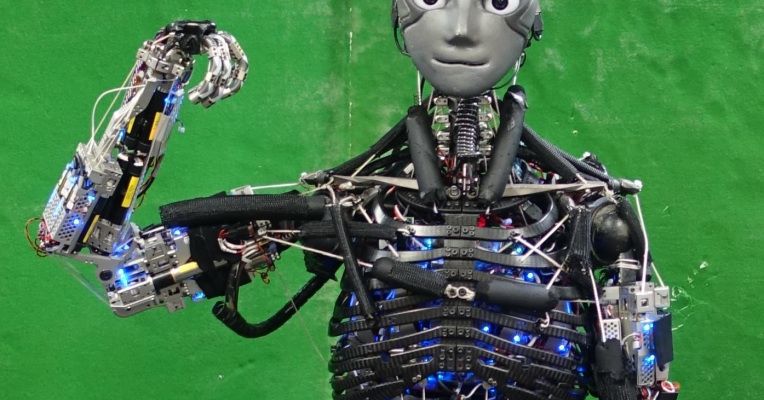Researchers have developed an easy-to-build camera that produces 3D images from a single 2D image without any lenses. In an initial application of the technology, the researchers plan to use the new camera, which they call DiffuserCam, to watch microscopic neuron activity in living mice without a microscope. Ultimately, it could prove useful for a wide range of applications involving 3D capture.
The camera is compact and inexpensive to construct because it consists of only a diffuser — essentially a bumpy piece of plastic — placed on top of an image sensor. Although the hardware is simple, the software it uses to reconstruct high resolution 3D images is very complex.
“The DiffuserCam can, in a single shot, capture 3D information in a large volume with high resolution,” said the research team leader Laura Waller, University of California, Berkeley. “We think the camera could be useful for self-driving cars, where the 3D information can offer a sense of scale, or it could be used with machine learning algorithms to perform face detection, track people or automatically classify objects.”








